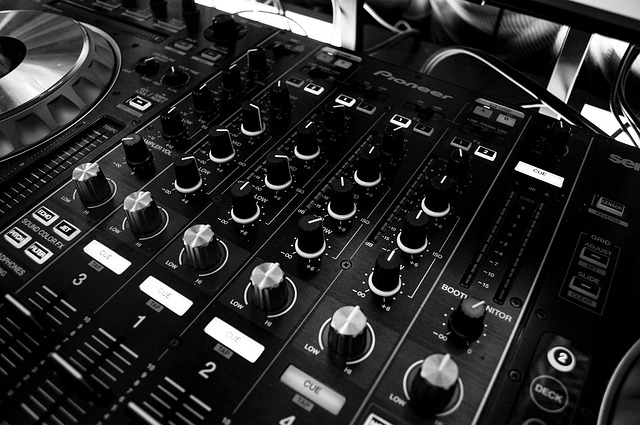Creating an immersive audio experience in your home cinema can be akin to mastering a jazz piece; it requires attention to detail, rhythm, and an understanding of how each element blends together. This blog delves into the nuances of jazz mixing, applying its techniques to enhance your home cinema audio.
At the heart of jazz mixing lies the synergy of instruments—each carries its own tonal qualities yet contributes to a harmonious whole. In a home cinema, you can replicate this by ensuring each audio source, from dialogue to ambient sounds, is balanced and proportionally mixed. Start off by assessing your sound system. Just as a jazz musician respects their instrument, you should become familiar with your audio setup. This involves evaluating the quality of your speakers, subwoofers, and audio receivers, ensuring they can faithfully reproduce the intricacies of sound.
When curating your audio landscape, it’s essential to consider the dynamics, much like how a jazz band interprets tempo changes. Adjust your audio settings to highlight dynamic range—this will help create moments of intense sound during climactic scenes while allowing softer elements to linger. To achieve this, utilize features like Dolby Atmos or DTS:X, which yield three-dimensional sound experiences. These technologies enable sound to travel around you, akin to how a jazz ensemble draws you into the performance.
Another aspect of jazz mixing is the concept of space. In a jazz composition, instruments often occupy specific sonic spaces, allowing room for each voice to shine. In your cinema room, utilize room acoustics to your advantage. Consider speaker placement—find that sweet spot where sound waves converge, creating a rich auditory palette. Experiment with different placements until you achieve that ‘live’ feel, as if the band is performing right before you.
Lighting also plays a vital role in enhancing the overall experience. Rich lighting can evoke emotions in cinema just as it does in live jazz performances. Soft, moody lighting can enhance dramatic scenes, while brighter settings can energize action sequences. Pairing these adjustments with your audio setups could transport you into a world where video and audio blend seamlessly together.
Lastly, consider the post-production aspect of jazz mixing. Just as artists refine their sound in a studio, take time to adjust and tune your audio settings after you’ve set everything up. Utilize calibration tools to perfect levels and eliminate any audio conflicts. This step will ensure that each layer of sound complements the others beautifully, reminiscent of a well-orchestrated jazz piece.
By applying these jazz mixing techniques to your home cinema audio, you can craft an environment that absorbs viewers into the cinematic experience. Just as a skilled jazz musician navigates their craft, with patience and creativity, you too can create a harmonious blend of audio and visual elements that captivates and engages anyone watching.

